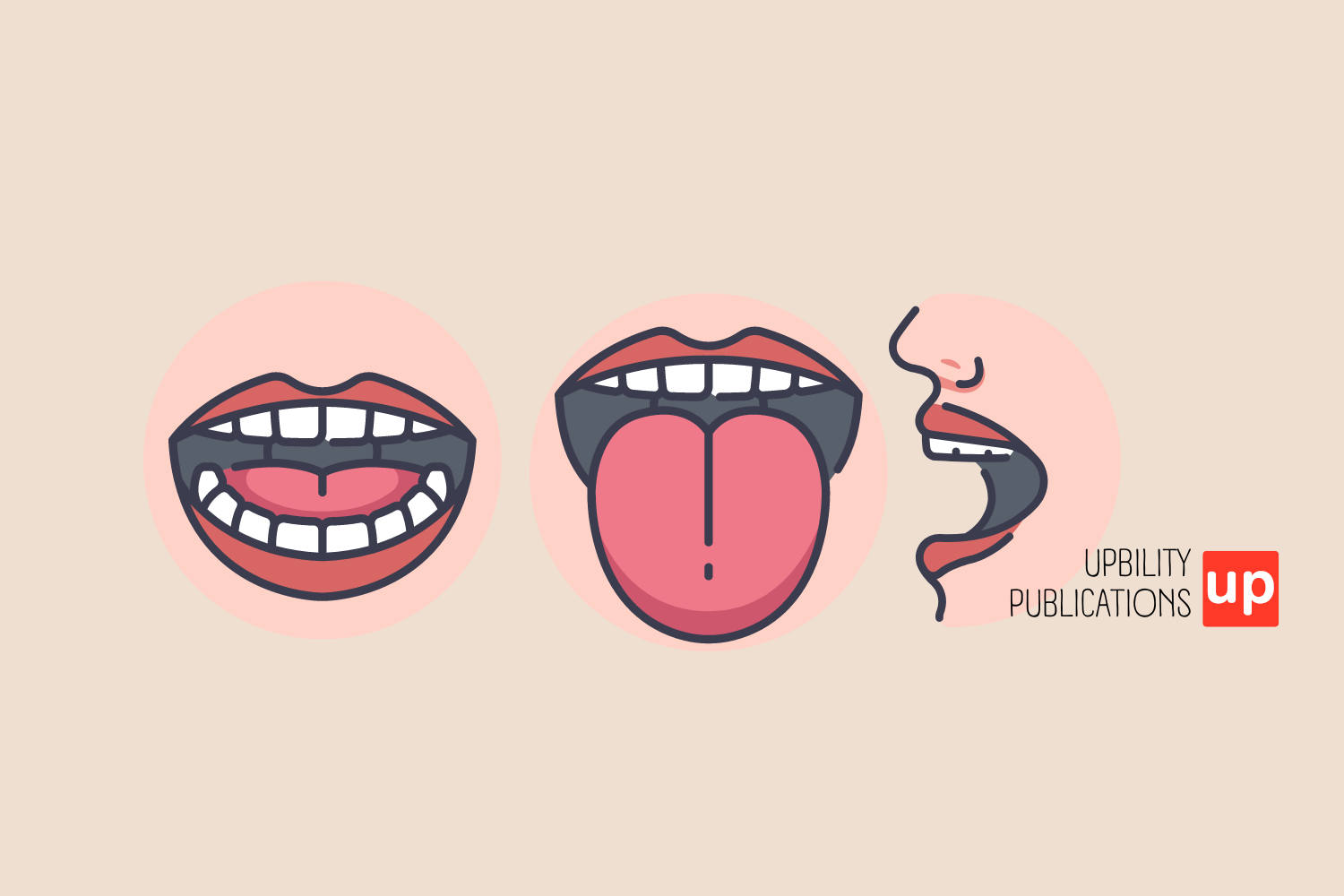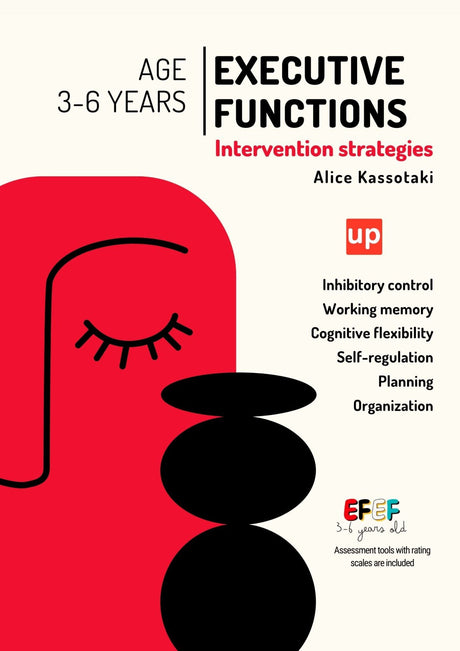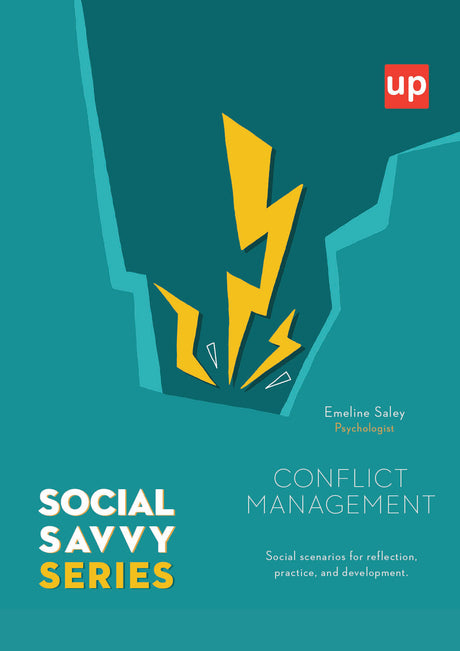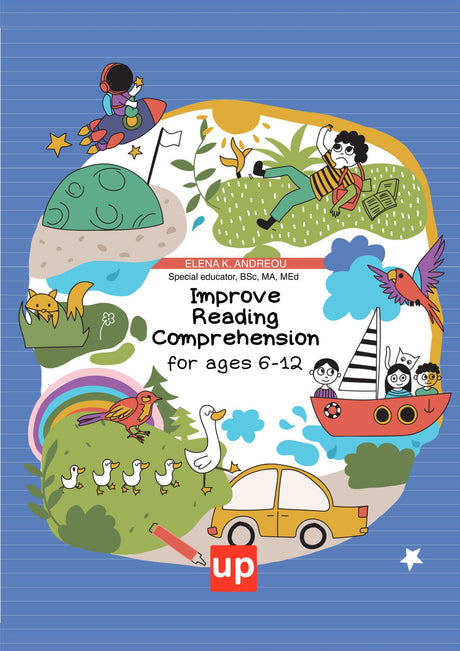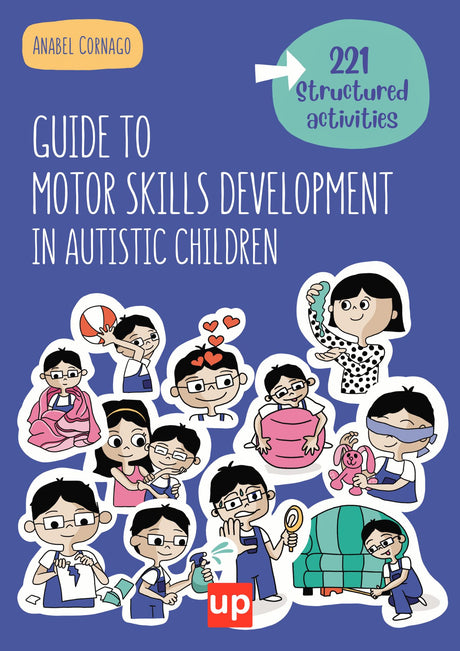Dyspraxia, also known as developmental coordination disorder (DCD), is a neurological disorder that affects motor coordination and can affect a person's ability to perform daily tasks. It is a lifelong condition that can affect people of all ages, genders and backgrounds.

Prevalence of dyspraxia
Dyspraxia is estimated to affect between 5-10% of the population, with a higher prevalence in men than in women. Despite its prevalence, there are several common misconceptions surrounding dyspraxia, which can hinder proper diagnosis and support.
One common misconception is that dyspraxia only affects physical coordination. While motor coordination is a hallmark of dyspraxia, it can also affect cognitive and emotional functioning. A child with dyspraxia may have difficulty with planning and organizing, processing information, and regulating emotions.
Diagnosis of dyspraxia
A diagnosis of dyspraxia involves a comprehensive assessment by a team of professionals, including a paediatrician or neurologist, psychologist and occupational therapist. The evaluation usually includes a detailed medical and developmental history, observations of the individual's behavior and movements, and standardized tests of motor coordination and cognitive function. DSM-5 criteria for the diagnosis of dyspraxia include:
- Motor coordination difficulties that significantly affect daily activities and academic or occupational performance
- Symptoms that persist for at least six months and are not due to other medical or neurological conditions
- Symptoms which cannot be explained by intellectual disability or visual impairment
Types of dyspraxia
There are different types of dyspraxia that can affect different aspects of a person's functioning. Here are some of the most commonly recognised types of dyspraxia:
Verbal dyspraxia: Verbal dyspraxia affects speech and language. It can cause difficulty in articulation, pronunciation and fluent speech.
Oral dyspraxia: This type of dyspraxia affects the coordination of muscles used for eating and swallowing. It can cause difficulty with biting, chewing and swallowing food.
Oculomotor dyspraxia: This type of dyspraxia affects eye movement and visual processing. It can cause difficulty tracking moving objects, focusing on tasks that require visual attention and spatial perception.
Dyspraxia of the limbs: This type of dyspraxia affects the coordination of limb movements. It can cause difficulty in tasks that require fine motor skills, such as writing, drawing or using tools.
Idio motor dyspraxia: This type of dyspraxia affects the planning and execution of voluntary movements. It can cause difficulty in tasks that require a sequence of movements, such as tying shoelaces, fastening clothes or brushing teeth.
Causes and risk factors

The exact causes of dyspraxia are not fully understood, but researchers believe it is caused by a combination of genetic and environmental factors. Here are some of the factors that have been identified as possible causes or risk factors for dyspraxia:
Genetic factors: Dyspraxia tends to run in families, suggesting that there may be a genetic component. However, no specific genes have been identified as the sole cause of dyspraxia.
However, there are no specific genes that are not linked to specific factors: Dyspraxia is thought to be caused by abnormalities in the way the brain develops, particularly in the areas that control coordination of movement and information processing. An immature way in which the brain handles information, resulting in poor transmission of messages to the body.
Premature birth or low birth weight: Babies born prematurely or with a low birth weight are at greater risk of developing dyspraxia.
Children who are born prematurely or have a higher risk of having a premature birth have a higher risk of birth defects:
Mothers who consume alcohol or drugs during pregnancy are more likely to have children with dyspraxia.
Other medical conditions: Dyspraxia is more common in people with other medical conditions, such as attention deficit hyperactivity disorder (ADHD), autism spectrum disorder (ASD) and cerebral palsy.
Symptoms of dyspraxia
Dyspraxia can present differently in different people, but here are some of the common symptoms associated with the condition:
A. Physical symptoms:
Poor balance and coordination: a child with dyspraxia may have difficulty with balance and coordination, making it difficult to perform simple physical tasks, such as standing on one leg or riding a bicycle.
Difficulty with fine motor skills: People with dyspraxia may have difficulty with fine motor skills, making it difficult to do things like tying shoelaces, using utensils or writing.
Poor hand-eye coordination: A child with dyspraxia may have difficulty with hand-eye coordination, making it hard to catch a ball or engage in sports.
B. Cognitive symptoms:
Poor organizational skills: People with dyspraxia may have difficulty with planning and organization, making it difficult to complete tasks that require multiple steps.
Poor memory: people with dyspraxia may have difficulty with short-term memory, making it difficult to remember instructions or recall details.
Difficulty with spatial perception: People with dyspraxia may have difficulty with spatial perception, making it difficult to navigate in new environments or judge distances.
Slow information processing: People with dyspraxia may have difficulty processing information quickly, making it difficult to follow classroom discussions or lectures.
C. Social and emotional symptoms:
Low self-esteem: People with dyspraxia may struggle with low self-esteem due to difficulties with coordination and other tasks.
Anxiety: people with dyspraxia may experience anxiety related to their difficulties in daily tasks and social situations.
Social isolation: people with dyspraxia may find it difficult to participate in social activities due to their difficulties with coordination and other tasks.
Verbal dyspraxia
Verbal dyspraxia, also known as childhood apraxia of speech (CAS), is a neurological disorder that affects a person's ability to plan and coordinate the movements required for speech. It is a motor speech disorder that affects the ability to produce sounds, syllables and words rather than actual comprehension of language.
People with verbal dyspraxia may have difficulty initiating speech, producing clear and intelligible speech and coordinating the lip, tongue and jaw movements required for speech. They make various movements with the tongue and lips trying to produce words. The severity of verbal dyspraxia can vary widely, from mild to severe.
Diagnosing verbal dyspraxia can be difficult, as there is no single test or symptom that definitively indicates the condition. A multidisciplinary approach is usually used to diagnose verbal dyspraxia, including a speech and language therapist, neurologist and occupational therapist. Treatment for verbal dyspraxia often includes intensive speech therapy to improve motor planning and coordination, as well as other strategies to support communication, such as augmentative and alternative communication (AAC) devices.
It is important to recognize and support people with verbal dyspraxia, as early intervention and treatment can significantly improve outcomes and quality of life. Understanding the symptoms and challenges of verbal dyspraxia can also help reduce stigma and promote inclusivity and acceptance of people with communication disorders.
Diagnosis of dyspraxia
A. Screening and assessment tools:
Screening and assessment tools are used to identify dyspraxia and other developmental disorders. The following are some commonly used screening and assessment tools:
Movement Assessment Battery for Children (MABC): This is a standardized test used to assess motor skills and coordination in children.
Developmental Coordination Disorders Questionnaire (DCDQ): This is a questionnaire used to assess a child's motor coordination and identify symptoms of dyspraxia.
Beery-Buktenica Developmental Test of Visual-Motor Integration (VMI): This is a test used to assess a child's visual-motor coordination and to identify visual-motor deficits.
B. Referral and evaluation process
If dyspraxia is suspected, the first step is to talk to a health care provider. A referral may be made to a specialist, such as a pediatrician, neurologist, or occupational therapist. The evaluation process usually includes a comprehensive medical and developmental history, observations of the person's behavior and movements, and standardized tests of motor coordination and cognitive function.
C. Multidisciplinary approach to diagnosis:
A multidisciplinary approach is recommended for the diagnosis of dyspraxia. This involves a team of professionals from different fields, such as medicine, psychology and occupational therapy, working together to assess and diagnose the condition. This approach can help ensure a more accurate diagnosis and provide a more comprehensive understanding of the individual's strengths and challenges. A multidisciplinary team can also help identify appropriate treatments and interventions to support the individual's needs.
Treatment and management of dyspraxia
A. Treatment options:
There are several treatment options for people with dyspraxia, including:
Occupational therapy: Occupational therapy can help individuals with dyspraxia improve their motor skills, develop compensatory strategies, and improve their ability to perform daily tasks.
Speech and language therapy: Speech therapy can help people with dyspraxia improve their verbal communication skills and develop strategies to overcome speech and language challenges.
Physiotherapy: Physical therapy can help individuals with dyspraxia improve their physical coordination and develop strategies to overcome gross motor challenges.
Cognitive-behavioural therapy: Cognitive-behavioral therapy can help people with dyspraxia develop coping strategies and improve their emotional well-being.
B. Strategies for home and school:
There are many strategies that can help people with dyspraxia succeed at home and at school, including
There are many strategies that can help people at home and at school that can help them cope with homework and homework problems: Breaking tasks into smaller steps can make them more manageable and reduce stress and frustration.
Using visual aids: visual aids, such as checklists and timelines, can help people with dyspraxia organize their thoughts and stay focused on their tasks.
Providing extra time and accommodations: Providing extra time for tasks and accommodations, such as a privileged position or a quiet working environment, can help people with dyspraxia to succeed in school and other environments.
Encouraging physical activity: Regular physical activity, such as swimming or yoga, can help improve coordination and motor skills.
C. Supporting technology and facilities:
Assistive technology and accommodations can help people with dyspraxia overcome challenges and succeed in a variety of settings. Some examples of assistive technology and accommodations include:
Dictation software: Dictation software can help people with dyspraxia write and type more easily.
Speech-to-text technology: Speech-to-text technology can help people with dyspraxia communicate more easily and effectively.
Adaptive devices for writing and other fine motor tasks: Adaptive devices, such as pencil grips and weighted pens, can help people with dyspraxia improve writing and other fine motor skills.
Extra time for homework and exams: Providing extra time for homework and exams can help people with dyspraxia work at their own pace and reduce stress and frustration.
In conclusion, dyspraxia is a complex condition that can affect individuals in a number of ways. However, with proper diagnosis, treatment and support, people with dyspraxia can overcome their challenges and live fulfilling lives. Let's work together to promote awareness, understanding and acceptance of dyspraxia and create an inclusive society for all.
Original content by the Upbility writing team. Reproduction of this article, in whole or in part, without credit to the publisher is prohibited.

